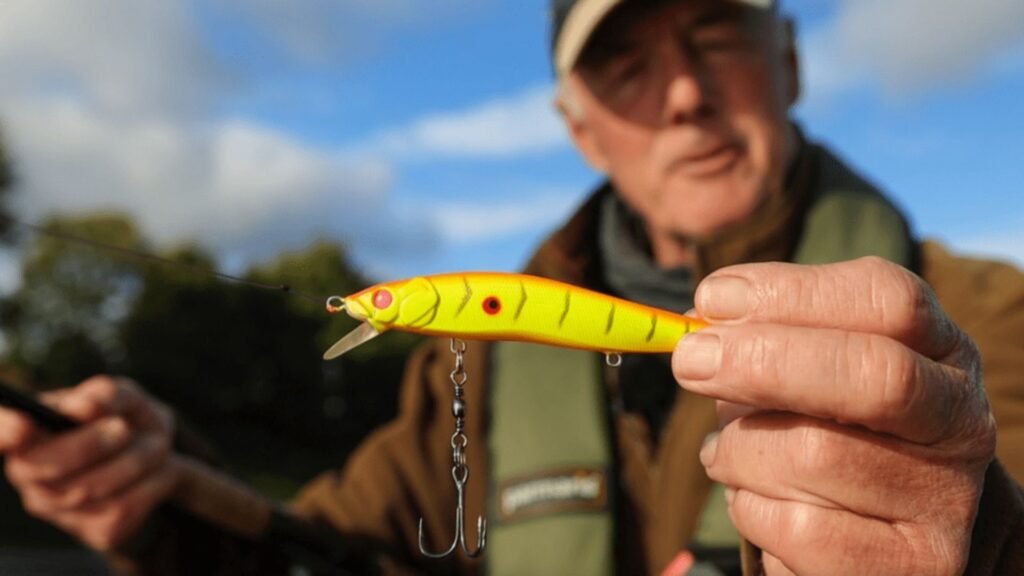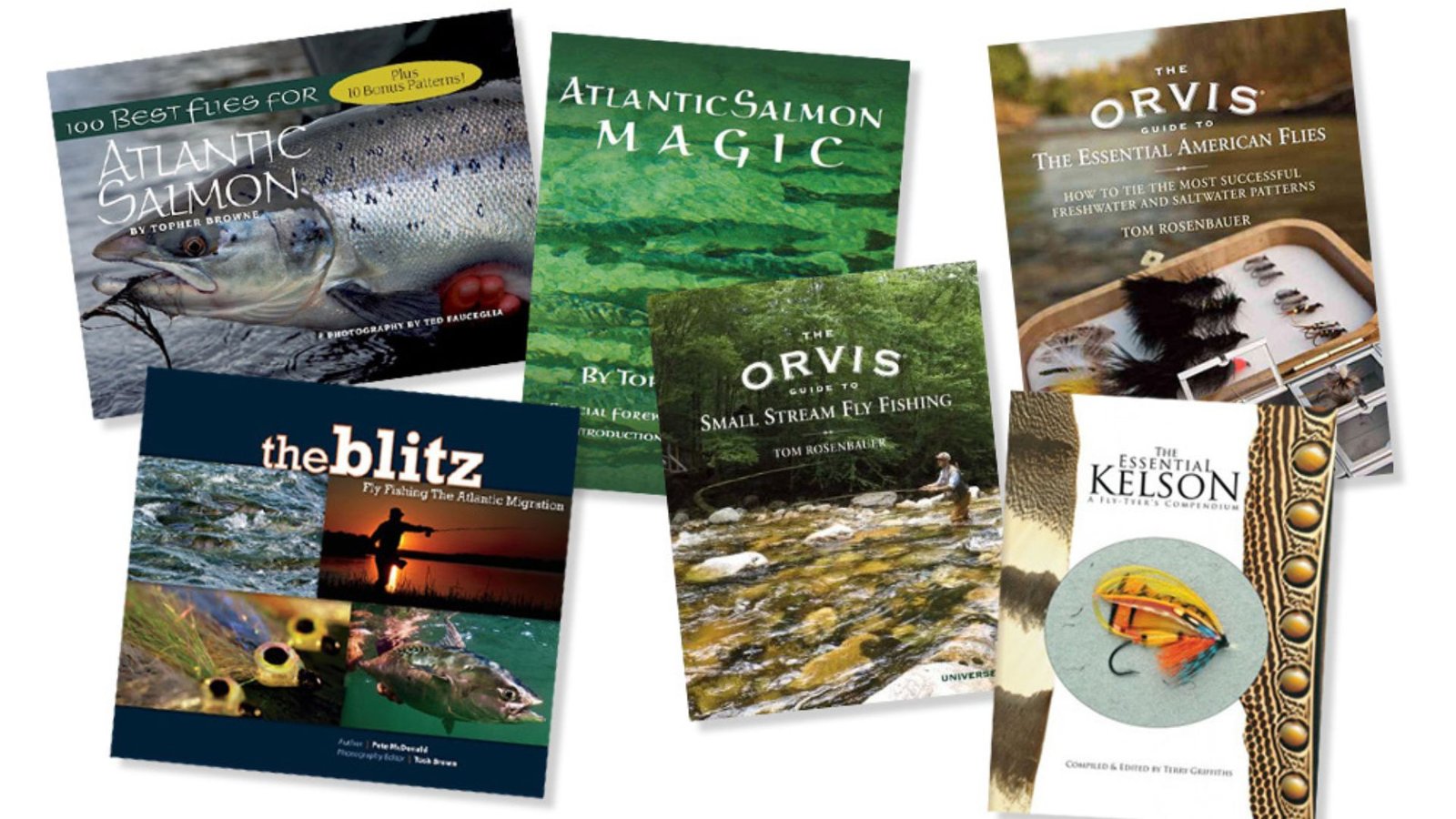Maintaining your salmon fly gear is essential to ensure its longevity, performance, and effectiveness on your fishing trips. Proper care and maintenance will keep your equipment in top condition, helping you catch more fish and enjoy your time on the water. Here’s a detailed guide on how to maintain your salmon fly gear.

How to Maintain Your Salmon Fly Gear
Clean Your Rod and Reel
Rinse After Use: After each fishing trip, rinse your rod and reel with fresh water to remove any dirt, salt, or debris. Saltwater, in particular, can be very corrosive and damaging to your equipment.
Dry Thoroughly: Ensure that both the rod and reel are completely dry before storing them. Use a soft cloth to wipe them down, paying special attention to the guides and reel seat.
Lubricate Moving Parts: Periodically, lubricate the moving parts of your reel. Use a light reel oil for the bearings and other moving components. This prevents rust and ensures smooth operation.
Inspect and Replace Lines
Check for Damage: Regularly inspect your fly lines for any signs of wear and tear, such as cracks, fraying, or nicks. Damaged lines can affect casting performance and break under pressure.
Clean the Line: Clean your fly line with a mild soap solution and a soft cloth. This removes dirt and grime, ensuring the line runs smoothly through the guides and floats properly.
Use Line Dressing: Apply a line dressing or conditioner to maintain the line’s flexibility and buoyancy. This treatment can extend the life of your fly line and improve its performance.
Store Your Gear Properly
Use Rod Tubes and Reel Cases: Store your rods in protective rod tubes and your reels in padded cases. This prevents physical damage during transport and storage.
Avoid Extreme Temperatures: Store your gear in a cool, dry place away from direct sunlight and extreme temperatures. Heat can warp rods and damage lines, while cold can make materials brittle.
Hang Waders and Boots: Hang your waders and boots to dry completely before storing them. Moisture can lead to mold and mildew, which can degrade the materials and cause unpleasant odors.
Maintain Your Flies
Dry After Use: After fishing, lay out your flies to dry completely before storing them. This prevents rust on the hooks and damage to the materials.
Store in Fly Boxes: Keep your flies organized in waterproof fly boxes. Separate them by type and size to avoid tangling and crushing.
Inspect and Replace: Regularly inspect your flies for damage. Replace any with rusted hooks or frayed materials to ensure they are always ready for use.
Care for Waders and Boots
Rinse and Dry: After each use, rinse your waders and boots with fresh water to remove dirt and debris. Ensure they are completely dry before storing them to prevent mold and mildew.
Check for Leaks: Periodically check your waders for leaks. Fill them with water or use a light to spot any holes or punctures. Repair leaks promptly to maintain their waterproof integrity.
Store Properly: Store waders and boots in a cool, dry place away from direct sunlight. Hanging them up helps maintain their shape and prevents creasing.
Maintain Accessories
Check Tippets and Leaders: Regularly inspect your tippets and leaders for any signs of wear. Replace them as needed to ensure strong and reliable connections.
Keep Tools Clean: Clean and lubricate tools such as pliers, nippers, and knot-tying tools. This prevents rust and ensures they function properly when needed.
Organize Gear: Keep your accessories organized in tackle boxes or pouches. This makes it easier to find what you need and prevents loss or damage.
Regular Maintenance Schedule
Create a Routine: Establish a regular maintenance schedule for your gear. Regular inspections and cleanings will help you catch any issues early and keep your gear in top condition.
Log Maintenance: Keep a log of your maintenance activities. This helps you keep track of what’s been done and when, ensuring you don’t overlook any important tasks.
Conclusion
Proper maintenance of your salmon fly gear is crucial to ensuring its longevity and performance. By following these steps, you can keep your equipment in excellent condition, enhancing your fishing experience and increasing your chances of success on the water. Regular cleaning, inspection, and proper storage will pay off in the long run, providing you with reliable gear for many fishing adventures to come.




